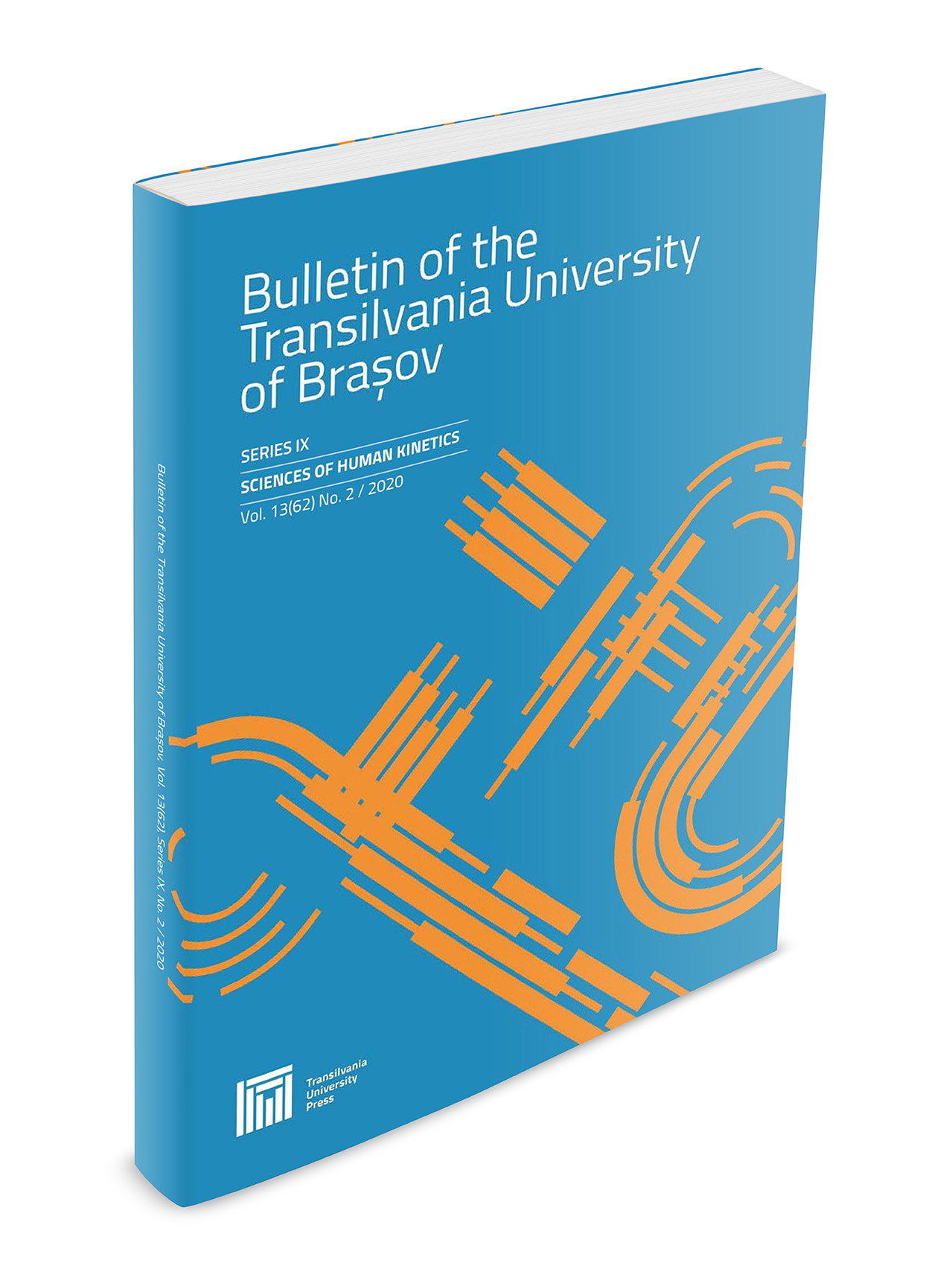The Importance of Biomechanical Analysis of Prehension in the Rehabilitation Process
Keywords:
prehension, biomechanics, functional rehabilitationAbstract
During the therapy process, the goal of functional rehabilitation must be regaining the patients' ability to catch and grab, but also complex movements of the distal segment in relation to other muscle‐articular structures that are specific to the upper limb. The biomechanical analysis of the hand is essentially a complex study on the somatic‐visceral and environmental factors that intervene in the performance of motor actions, on the established interrelations, the participation manner, and effects that it determines in the human body taken as a whole. The hand is the most complicated member segment in the body. Both its structure and function are adapted to the complexity of human activity. This paper tries to emphasize through a biomechanical analysis of all elements composing the hand the basic aspects of an effective functional rehabilitation.Downloads
Published
Issue
Section
License
Copyright (c) 2018 Bulletin of the Transilvania University of Braşov. Series IX: Sciences of Human Kinetics

This work is licensed under a Creative Commons Attribution 4.0 International License.





